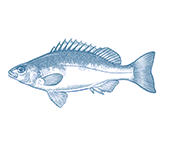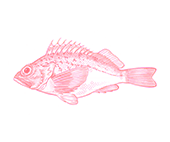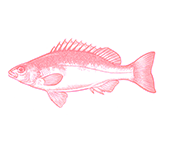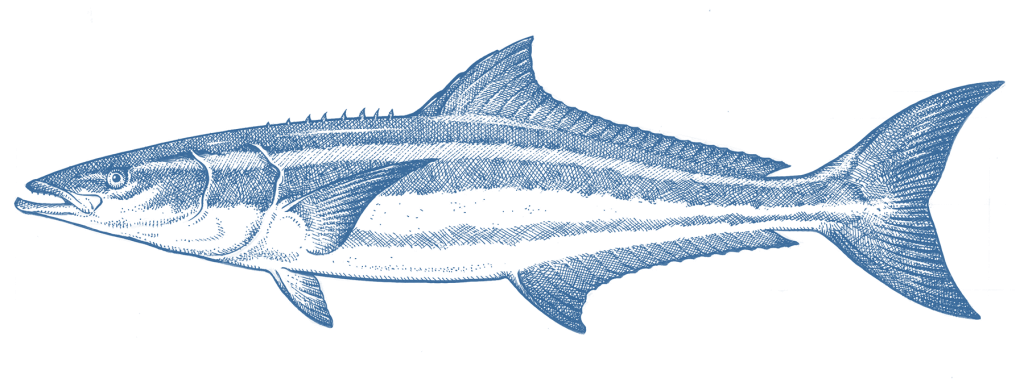




- Say No
Wild Caught
Region:
Imported
- Yellowfin tuna is a migratory species caught by a number of different countries. Australia imports fresh 'tuna' from the Pacific and Indian Oceans.
- There is some concern that stocks in the Pacific Ocean are already overfished and current high levels of fishing are likely to cause further depletions in yellowfin tuna stocks.
- Yellowfin tuna caught in the Indian and Pacific Oceans is fished using longlines, gillnets and purse seines.
- Bycatch of vulnerable marine wildlife is generally not monitored, but the impact of fishing activity on many shark species has been well documented. Population declines of sharks as a result of bycatch in international tuna fisheries is of major concern, particularly as sharks are sometimes targeted for their high value fins.
- Imported from Indian Ocean, Western & Central Pacific Ocean stocks,
Yellowfin tuna is a highly migratory species, fished throughout its range in the tropical regions of the Pacific, Indian and Atlantic Oceans. Trade records indicate Australia imported 318t of fresh, frozen and chilled (not including canned) tuna in 2011-12 from Fiji, Indonesia, the Maldives and NZ, but no detail of species imported or where the fish was caught is provided. Therefore it is not possible to provide specific advice on individual fisheries and the red ‘Say No’ ranking is the result of an assessment of the main way in which yellowfin tuna are fished and general stock status in the Western and Central Pacific and Indian Oceans.
In general, there is some concern from fisheries scientists that stocks in the Pacific Ocean are already overfished and current high levels of fishing are likely to cause further depletions in yellowfin tuna stocks.
Yellowfin tuna caught in the Pacific and Indian Oceans is taken using longlines, gillnets and purse seines associated with Fish Aggregating Devices (FADs). FADs are artificial objects that float on the surface of the ocean and exploit the natural tendency of fish and other marine wildlife to aggregate under floating objects. The bycatch of large numbers of sharks, including whale sharks, and turtles has been well documented in FAD-associated fisheries. Longlining and gillnetting is also responsible for the capture of threatened sharks, turtles and seabirds. Sharks are often targeted for the high value of their fins, a practice that is increasing in many tuna longline fisheries that catch yellowfin tuna. Scientists have assessed that tuna longlining has contributed to population declines of a number of shark species worldwide.
The countries that manage the fisheries generally do not monitor the bycatch caught, and independent observer coverage is low to non-existent.





